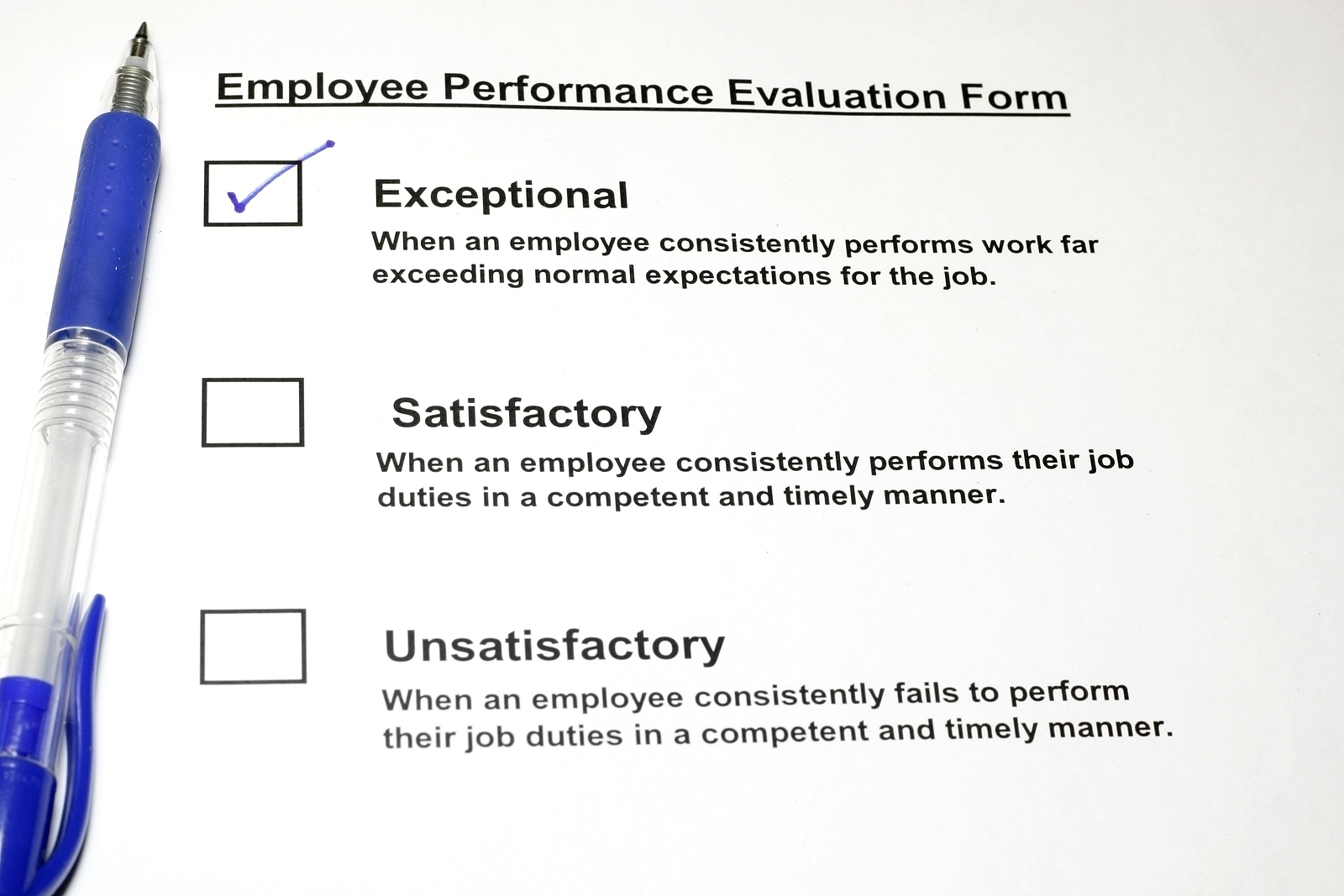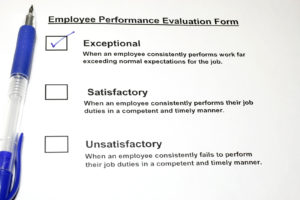

Performance management review time.
It’s a dreaded time for many employees. Did you exceed expectations throughout the past year or have you been unable to impress despite your best efforts?
Remember though, a performance review has become as much an inconvenience for line managers and directors as it has for employees. As the time for review looms closer, managers now find it their duty to sum up a year’s worth of work in one small face-to-face meeting. Not to mention finding the time for the meeting within their hectic schedule.
Therefore, it’s safe to say that frequently, both individuals leave the meeting feeling less than satisfied, which makes it more important than ever to stop thinking of performance management in such a negative light, and turn this encounter into a positive ending to your work year.
Let’s dive into the three simple, yet effective ways, one can positively enhance performance reviews for both parties involved.
Structure
For the individual in control of conducting the performance review, it’s important to be completely transparent with your employees. First things first: 1. explain how the performance of the last year will be evaluated and 2. what you as a manager are expecting of them in the coming future.
If you’re an employee and these two factors aren’t the first thing to be explained, then it’s up to you to prompt your superior before the review goes any further. Many are afraid to be vocal in these sorts of situations, but showing your involvement and passion from the get-go will only have a positive impact.
The performance of an employee is impossible to judge without clarity and context. For example, a manager may tell an employee that they need to be more vocal in team meetings, but without structured performance criteria, how can the employee realistically apply this feedback?
To back this up, a recent survey by Quantum Workplace showed that 14.4% of its employees don’t know how their performance is measured, and only 23.4% of employees say they have annual performance discussions.
Regularity
Performance reviews are often considered an annual affair. But what happens the rest of the time?
By giving employees the chance to gain more frequent feedback, managers can also make this process more timely and efficient. As mentioned, squeezing in a year’s worth of work and feedback into one session can be daunting for both parties and who can remember every positive and negative aspect of a specific employee’s year, really?
The solution is easy, schedule regular performance meetings. By doing so, it allows for both manager and employee to have well structured, meaningful discussions which in turn will improve performance management overall.
Reading back over the Quantum survey, 60.7% of employees believe that discussing performance more than once a year will improve it, along with 81.6% of managers.
Observations
Those in a superior position are expected to have a clear idea of how their employees are performing, but in amongst all the other responsibilities they hold, this can seem an impossible task. Therefore, if managers are the only people that are giving feedback, it’s no wonder that reviews are infrequent and often ineffectual.
So, who else could provide such critical and up to the minute feedback? The answer is fellow employees. Co-workers spend more time than anybody working side by side with other employees and are the most reliable source of peer observation.
By making peers a part of the performance management process, managers will then realise the best ways to incorporate this into a regular employee review. You could develop a team related survey and ask what part each employee plays in the creation of a successful team.
The benefit to this being that specific strengths and weakness are highlighted to managers. These, in turn, allow them to then assess the employee’s performance in more detail.
In summary, for the process to work efficiently, both manager and employee need to be on the same page. Expectations need to be clear and there needs to be an accurate and concise process in place for performance management to have any chance of being successful.
